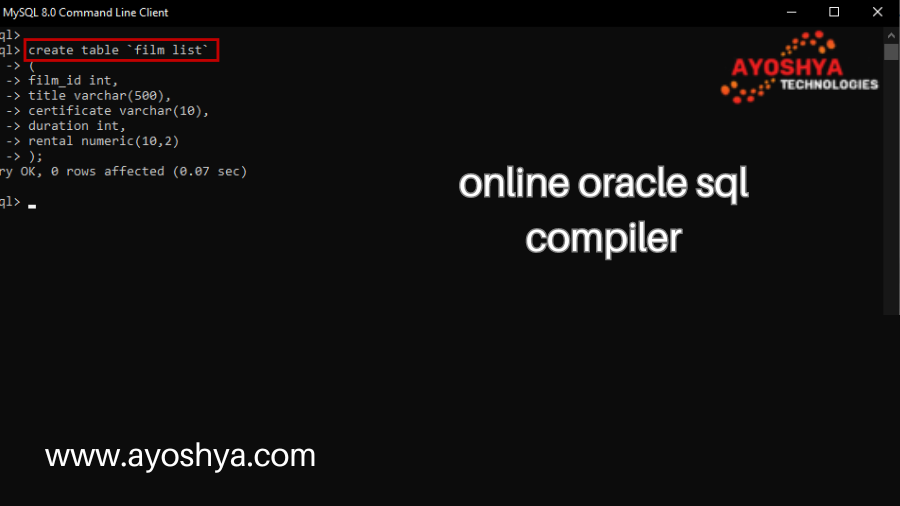Unveil the potential of What is SAP tool in 2024! This guide explores what SAP software is and how its latest features can streamline operations, boost efficiency, and empower businesses of all sizes…
Feeling overwhelmed by the ever-growing demands of managing your business in 2024? Juggling data, streamlining operations, and keeping pace with the competition can feel like an uphill battle. But what if there was a powerful tool designed to help you conquer these challenges and propel your business towards success? Enter SAP, a comprehensive suite of enterprise applications that can transform the way you operate. From its core functionalities in Enterprise Resource Planning (ERP) to its cutting-edge advancements for 2024, SAP empowers businesses of all sizes to optimize processes, gain valuable insights, and achieve a significant competitive edge. This guide will unveil the true potential of SAP in 2024, equipping you with the knowledge to unlock its power and unlock a new era of streamlined efficiency for your business.
The Powerhouse Within: Core Functionalities of SAP in 2024
At its core, SAP functions as a comprehensive suite designed to manage various aspects of your business. Think of it as a central nervous system, integrating and streamlining critical operations across departments. Let’s delve deeper into some of SAP’s core functionalities, keeping a keen eye on the exciting advancements introduced in 2024.
1. Enterprise Resource Planning (ERP):
The cornerstone of SAP, ERP acts as a centralized platform for managing core business processes. Imagine a single source of truth for your finances, human resources, inventory, and more. In 2024, SAP’s ERP capabilities have been significantly enhanced. Real-time data analysis is now at the forefront, allowing you to gain immediate insights into your operations. For instance, advanced dashboards and reporting tools, potentially integrated with AI for deeper analysis, provide a clear picture of your financial health, resource allocation, and production efficiency. This empowers you to make data-driven decisions that optimize resource utilization and fuel business growth.
2. Customer Relationship Management (CRM):
Building strong customer relationships is paramount for success in any industry. SAP’s CRM functionality equips you with the tools to manage customer interactions effectively. Imagine a centralized platform for storing customer data, tracking interactions, and nurturing relationships. Looking towards 2024, SAP is actively integrating cutting-edge technologies like chatbots into its CRM solutions. These AI-powered chatbots can provide 24/7 customer support, answer basic inquiries, and even personalize interactions, leading to enhanced customer satisfaction and loyalty.
These are just two core functionalities of SAP, but the suite encompasses a wider range of capabilities. Depending on your specific business needs, SAP can also offer solutions in areas like Supply Chain Management (SCM), Business Intelligence (BI), and more. As we explore further, keep in mind the focus on 2024 advancements, highlighting how SAP is constantly evolving to meet the needs of modern businesses.
Exploring the SAP Solutions Landscape in 2024: A Tailored Approach
The beauty of SAP lies in its versatility. Beyond core functionalities, SAP offers a diverse range of solutions designed to cater to the specific needs of various industries and business sizes. Let’s explore some key aspects of the SAP solutions landscape in 2024.
1. SAP S/4HANA: The Next-Gen ERP Powerhouse
For businesses seeking a truly next-generation ERP experience, SAP S/4HANA stands out as a revolutionary option. Built on an in-memory computing platform, SAP S/4HANA offers unparalleled speed and processing power. In 2024, this translates to real-time data access and analysis, allowing you to make critical decisions based on the most up-to-date information. Furthermore, SAP S/4HANA boasts a simplified data model and a user-friendly interface, making it easier to navigate and extract valuable insights. Whether you’re a large enterprise or a mid-sized company seeking a future-proof ERP solution, SAP S/4HANA is a compelling option in 2024.
2. Industry-Specific Solutions: A Customized Fit
Recognizing the unique needs of different industries, SAP offers a plethora of industry-specific solutions. Imagine having access to pre-configured functionalities and best practices tailored to your specific sector, be it retail, manufacturing, or healthcare. These industry-specific solutions leverage SAP’s core functionalities while incorporating industry-relevant features and integrations. For instance, an SAP solution for the manufacturing industry might include functionalities for production planning, quality management, and supply chain optimization specific to the manufacturing process. In 2024, staying ahead of the curve often hinges on industry-specific expertise. SAP’s commitment to developing tailored solutions empowers businesses to leverage industry best practices and gain a competitive edge.
3. Cloud Adoption: Embracing Scalability and Agility
The cloud revolution continues to reshape the business landscape, and SAP is at the forefront of this movement. In 2024, there’s a growing emphasis on cloud-based SAP deployments. This shift offers significant advantages for businesses of all sizes. Cloud deployments provide superior scalability, allowing you to easily adapt your SAP infrastructure to meet evolving needs. Additionally, cloud solutions typically require less upfront investment and reduce IT management burdens, freeing up resources for core business activities. As you explore SAP solutions in 2024, consider the benefits of cloud deployment, especially if you value flexibility, scalability, and reduced IT overhead.
FAQ
Your SAP Journey Begins Here
As you delve deeper into the world of SAP, you might encounter some frequently asked questions. This section tackles these queries head-on, equipping you with the knowledge to confidently navigate your SAP journey in 2024.
1. Is SAP difficult to learn?
The learning curve for SAP depends on your existing technical background. If you possess a foundation in web development technologies like HTML, CSS, and JavaScript, grasping the core concepts of SAP and its development framework, SAPUI5, becomes significantly easier. However, even those without prior coding experience can embark on the SAP learning path. In 2024, there’s a growing number of beginner-friendly resources available, including online courses specifically designed for those new to SAP. These courses often incorporate foundational elements alongside SAP specifics, ensuring a smooth learning curve. The key to success lies in identifying your current skill level and selecting appropriate learning resources. This guide will explore various learning options in a later section, empowering you to find the perfect fit for your needs.
2. Who uses SAP?
The beauty of SAP lies in its adaptability. Companies of all sizes and across a wide range of industries leverage the power of SAP. From small and mid-sized businesses to multinational corporations, SAP offers solutions that cater to diverse needs. In 2024, some of the most prominent SAP users include:
- Manufacturing companies: Streamline production processes, optimize supply chains, and manage inventory effectively.
- Retail companies: Enhance customer experience, improve inventory management, and gain real-time insights into sales data.
- Healthcare organizations: Manage patient records electronically, streamline administrative processes, and improve operational efficiency.
- Financial institutions: Automate financial processes, ensure regulatory compliance, and gain a holistic view of financial performance.
This is just a glimpse into the vast array of industries that benefit from SAP. As you explore SAP solutions further, consider how they can address the specific challenges and opportunities within your own industry.
3. What are the costs associated with SAP in 2024?
The cost of implementing SAP can vary depending on several factors, including:
In 2024, exploring cloud-based deployment options can be a cost-effective approach. Cloud deployments often eliminate the need for upfront hardware investment and offer flexible subscription models that scale with your business needs. For the most accurate cost estimate, it’s recommended to contact SAP directly or consult with an authorized SAP partner. They can assess your specific requirements and provide a tailored quote.
Conclusion
In conclusion, your journey to a more streamlined and efficient business in 2024 starts with SAP. This guide has unveiled the power of SAP, delving into its core functionalities (ERP, CRM) and highlighting the exciting advancements introduced for 2024 (real-time analytics, AI integration). We explored the diverse SAP solutions landscape, showcasing how SAP S/4HANA empowers businesses with next-generation ERP capabilities and how industry-specific solutions provide a customized fit. The growing emphasis on cloud deployments in 2024 offers benefits like scalability and reduced IT burden.
The “People Also Ask” section addressed common concerns, from learning curves to user demographics and cost considerations. Remember, SAP offers solutions for businesses of all sizes and across various industries. By exploring the wealth of learning resources available, you can confidently embark on your SAP journey.
So, are you ready to unlock the potential of SAP and propel your business towards success in 2024? Take the first step by identifying your specific needs and exploring the range of SAP solutions available. Consider the advantages of cloud deployment and don’t hesitate to consult with SAP or an authorized partner for a tailored cost estimate. The future of business is efficient, data-driven, and adaptable – and SAP is the key to unlocking it. Embrace the power of SAP in 2024 and watch your business soar!
you may be interested in this blog here:-
10 Salesforce Developer Certifications 2024 To Pursue (With Application)
SAP Training Institute












